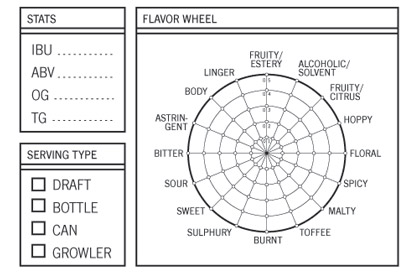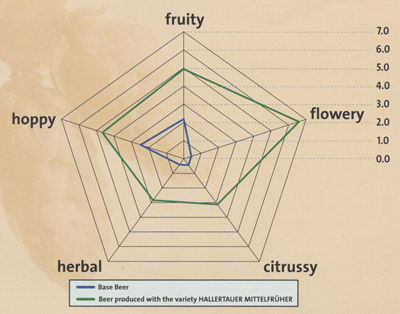No matter how long I think about a story or how many times I might rewrite sections I know when I look at it in print that I’ll realize I could have or should have written some part more clearly.
Case in point, an article in the current issue of All About Beer magazine headlined “Ameri-Brew.” AABM paid me for my words, so it’s fair enough that I not post all of them here. Very briefly, the “nut graph”:
In one of the last essays he wrote in 2007, the introduction to Beer: Eyewitness Companions, the late Michael Jackson argued that “tomorrow’s classics will evolve from a new breed of American brews that are categorized by their admirers as ‘Extreme Beers.’ These are the most intense-tasting beers ever produced anywhere in the world.”
The story deals with the implications of that argument. What I should have written better:
Call it the Americanization of world beer or simply globalization, but the international beer landscape is changing. Not everybody agrees if that’s good, but few dispute America is at the center.
A better choice of words would have been “America is at the center of this change” or “America is the lightning rod.”
To be clear, America is not the center of the beer world. You can say there is no center of the beer world or you can say the spot you are drinking in right now is the center of the beer world. Same meaning.
I don’t care if Budweiser does sell for about eight times more than local beers in China. Discerning drinkers around the world are not going to look to Americans to supply all their beer needs, or even to beers that imitate those Americans brew.
Want an idea of what change looks like in a traditional brewing nation? Read Evan Rail’s recent article from the New York Times.
What my story in All About Beer didn’t get to is what specific beers Jackson might have been talking about when he wrote “tomorrow’s classics.” Or put another way, consider this comment regarding Jackson’s 1982 list of 5-star beers: “Given the evolution in beer and beer styles, as well as the explosion in American Craft Brewing creativity, I wonder how his list would be different if he were around to do it again.”
I’m not going to suggest I have an answer, but after a little more research I intend to post a few dots you can connect yourself.


